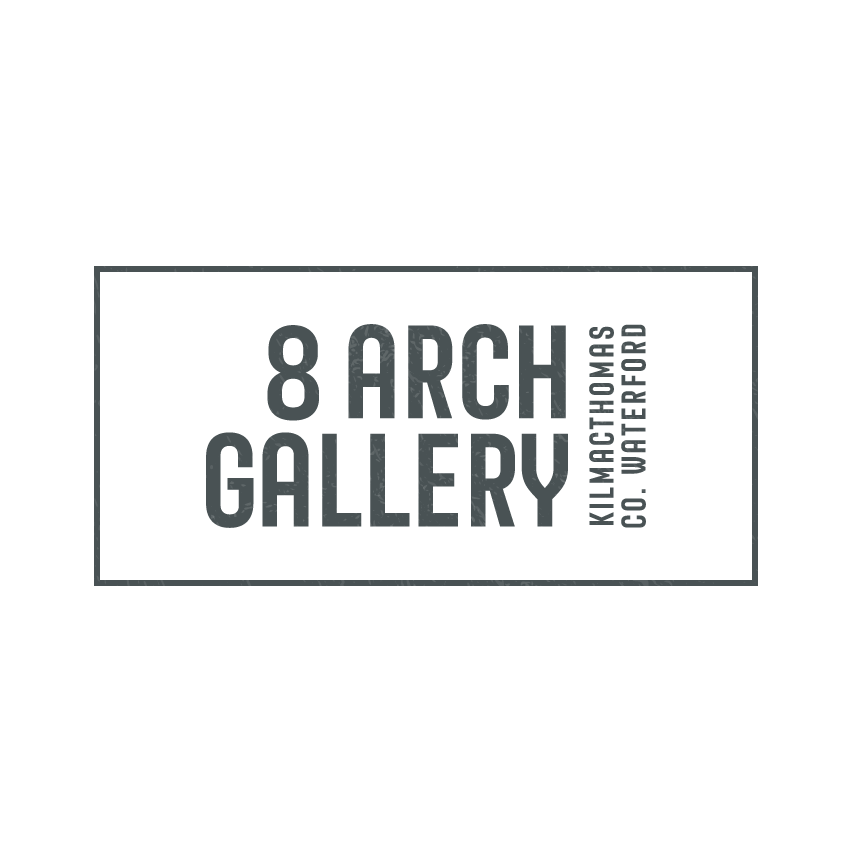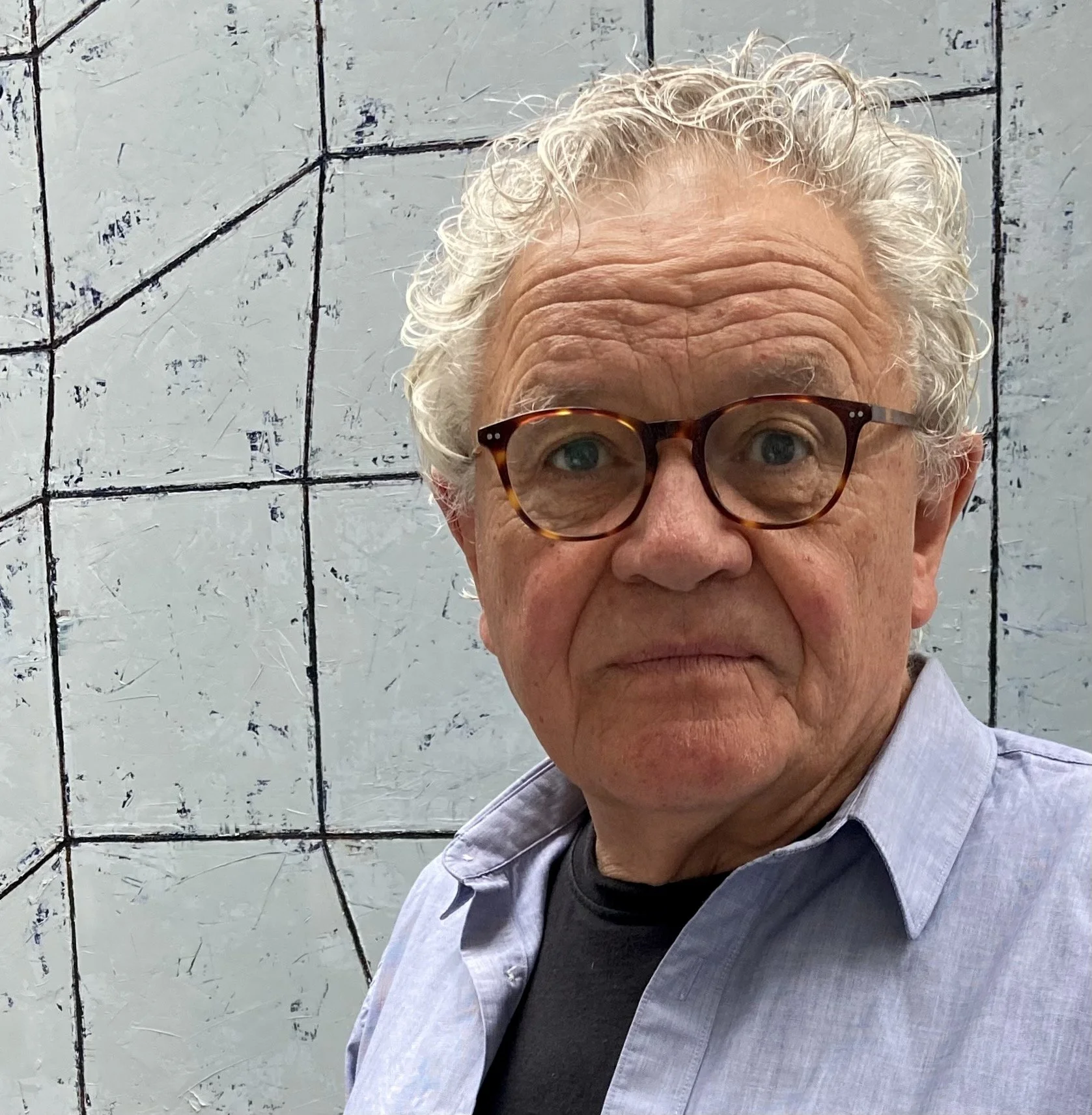Charles TYRrell
Charles Tyrrell originally comes from Trim Co. Meath. He studied painting at the National College of Art and Design, Dublin. After graduating in 1974 he continued living and working in Dublin until 1984 when he moved with his family to Allihies on the Beara Peninsula in West Cork
He has exhibited extensively in Ireland as well as exhibitions in Britain, France, Austria and Germany. He has represented Ireland on a number of occasions, notably the Paris Biennale and the International Festival of Painting at Cagnes-sur-Mere in France.
His work has always been concerned with abstraction. Originally his painting would have directly connected with Abstract Expressionism but over the years his work has steered its course through a more programmatic minimalism while leaving room for the intuitive, allowing the paintings carry many resonances.
Charles Tyrrell is an associate member of the Royal Hibernian Academy and a member of Aosdána, an affiliation of creative artists, established by the Arts Council of Ireland to honour those artists whose work has made an outstanding contribution to the arts in Ireland.
Grid Paintings
I build my grids in an unstructured way: placing square and rectilinear shapes randomly on a field, either floating singly or in small groupings – all independent entities. I then start the process of connecting and pulling these into an ordered grid. In doing this, distortions occur as the grid establishes itself, a grid whose existence is the result of a collection of independent events. These are images over which I have little control. This idea is fundamental to my way of working. It suits my desire to allow the painting to have a certain autonomy. I don’t want to dominate the process, I want a partnership.
While I want the paintings to be open to different readings and responses, ideas around the compromise and accommodation necessary in the creation of a unified whole, permeate the work. To me they map that which is needed in the achievement of a unified whole, with the necessary twists and turns and compromises, the stretching to meet, the locking together, the beauty of the accommodation. They are also about a paint language that can articulate such thoughts in a vital and engaging way.
These underpinning ideas carry the painting into existence and are vital to its integrity but I recognise that upon landing, this thinking can be superseded, even becoming obsolete, as new narratives, new ways of seeing are exercised. This for me is when the painting truly comes alive.



